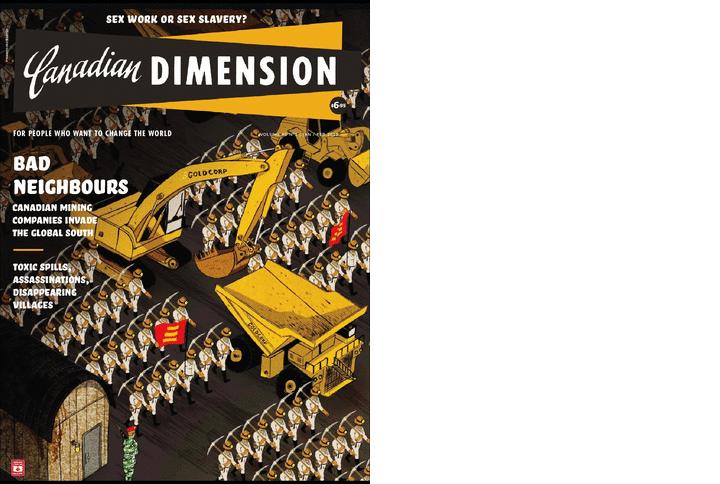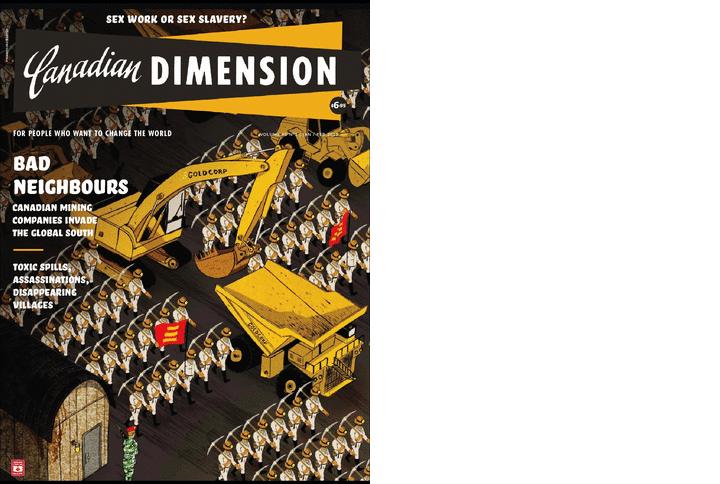The Globe and Mail is Canada’s national newspaper with the second largest broadsheet circulation in the country. It has enormous impact and influence on Canada’s political and business elite as well as the rest of the country’s print, radio and television media.
Miners have started engaging the aboriginal communities on whose land they dig. But is it enough?
Leanne Bellegarde tries to connect communities. She’s a member of the Kawacatoose First Nation in Saskatchewan, a lawyer, and now, the director of aboriginal strategy for PotashCorp.
Native people are the youngest and fastest growing demographic in Saskatchewan. PotashCorp, a global potash producer in the province, projects it will need 800 new workers over the next two years, thanks to expansion and retirements.
But what should be an ideal match – people wanting jobs and a company needing workers – presents deep challenges. Many jobs at PotashCorp require Grade 12 or equivalency. Ms. Bellegarde says it’s difficult to find people who meet that bar in First Nations and Métis communities. And so the jobs often go to qualified outsiders, frustrating aboriginal people.
PotashCorp is one of many mining companies in Canada that realize engagement with native communities isn’t just a feel-good enterprise but an economic growth strategy. But while this engagement goes far deeper than in the past, some say it’s just the beginning of what’s truly needed.

























